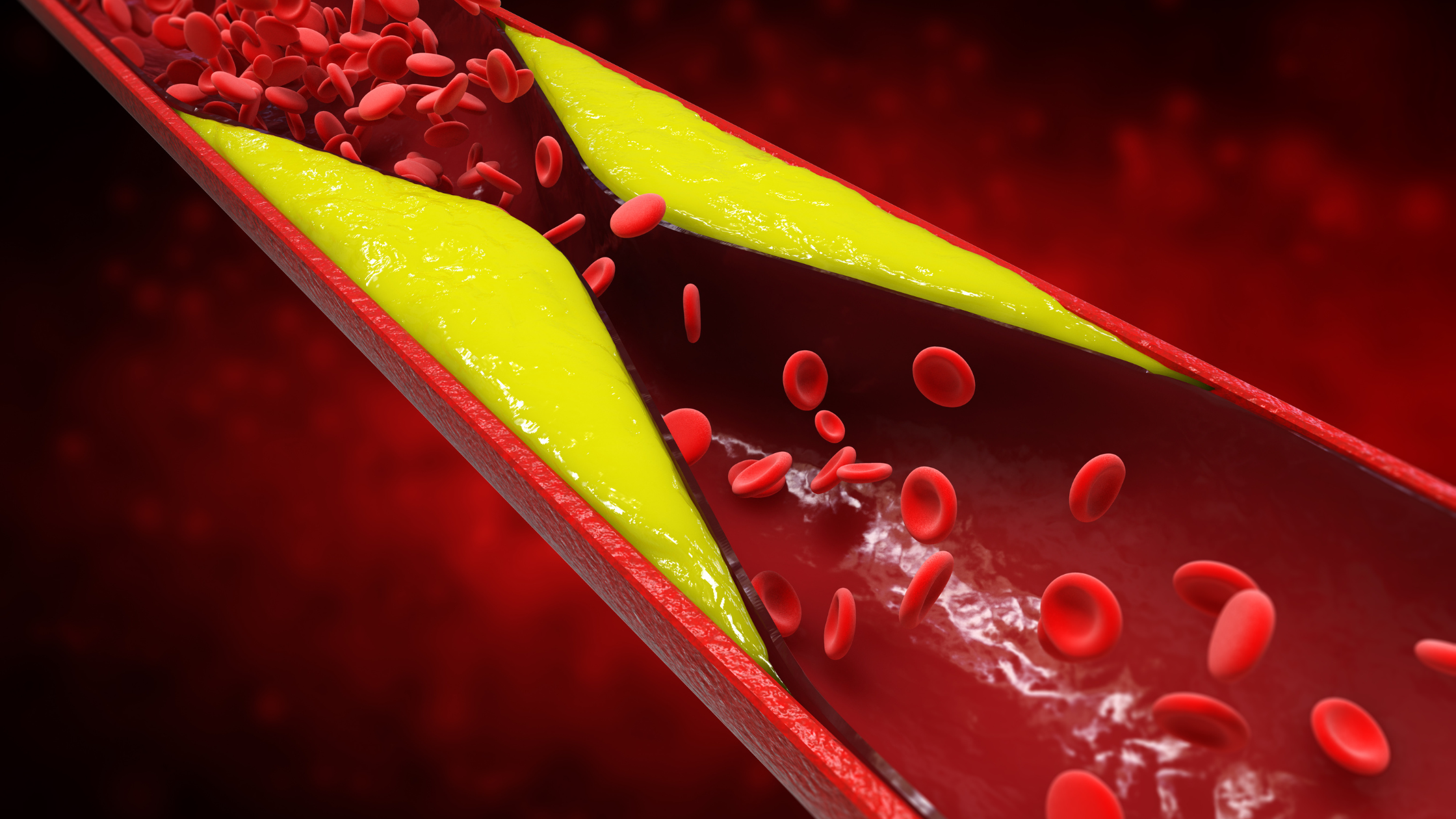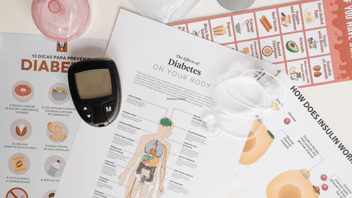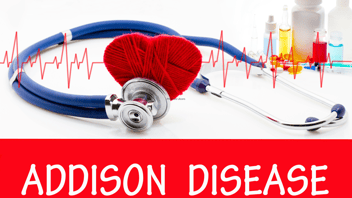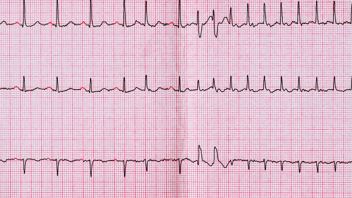How to Save Lives: Mastering Coronary Artery Disease in Nursing School & The NCLEX
.png)
Learning about Coronary Artery Disease in Nursing School
Learning about Coronary Artery Disease in Nursing School is crucial as it is the leading cause of morbidity and mortality. Understanding its prevention, management, and interventions empowers nurses to provide effective care and save lives.
I had the opportunity to care for a patient in my nursing school rotation on the telemetry unit that was diagnosed with coronary artery disease (CAD). He was admitted after experiencing some severe chest pain and some shortness of breath. Throughout his stay, I monitored his vital signs, administered all his medications, and educated him on lifestyle changes. He was determined to make all the positive changes.
During the 3 days I was on that unit, I visited him and noticed a big change from him initially struggling to walk any short distances to gradually regaining his strength and being able to walk a little further. He even looked much more happier and confident and it was due to all the healthcare team and the support of his family.
“What if I fail?”
You don’t need more questions. You need a real plan.
🎯 SIMCLEX + Flash Notes + ReadyScore = NCLEX Survival Package
Know you’re ready — before test day.
Coronary Artery Disease Overview
Coronary artery disease occurs with the buildup of plaque in the main vessels. The primary causes are high blood pressure
General Information on Coronary Artery Disease
1. Major vessels
a. Inner walls are damaged
b. Inflammation occurs→ Plaque sticks to walls and clots form
c. Blockage → loss of blood supply to the heart
2. Risk factors
a. Smoking
b. High blood pressure
c. Obesity
d. Diabetes
e. Hyperlipidemia
f. Family history
3. Complications
a. Acute coronary syndrome→ plaque breaks off and occludes a coronary artery
i. STEMI (ST-segment elevation myocardial infarction) → ”widowmaker”- Near or complete blockage
ii. NSTEMI (non-ST-Segment elevation myocardial infarction) → Partial blockage
iii. Unstable angina
iv. Concerned for → cardiac arrest
Nursing Assessment for Coronary Artery Disease
- Presentation
a. Chest pain
b. Arrhythmia
c. Shortness of breath
d. Elevated blood pressure
2. Healthcare provider orders
a. Electrocardiogram (EKG)
b. Cholesterol levels
c. CT scan→ visualize vessel occlusion and stenosis
d. Angiogram→ view inside vessels
e. Stress test→ view blood flow
Therapeutic Management for Coronary Artery Disease
- Medications
a. Cholesterol medications→ Statins to decrease plaque in blood
b. Anticoagulants→ avoid blood clotting
c. Beta-blockers→ Decrease the workload of the heart
d. Calcium channel blockers→ Relax vessels, allow blood through
e. Nitroglycerin→ Open arteries, allow blood through–>decrease chest pain
2. Procedures
a. Angioplasty–>go in through vein to open vessels
b. Stent placement–>keep the vessel open
c. Coronary artery bypass surgery→ new vessel pathway around the blockage
Nursing Case Study for Coronary Artery Disease
Patient Profile:
Patient Profile:
Name: John Smith
Age: 58 years old
Gender: Male
Medical History: hypertension, high cholesterol, family history of coronary artery disease (CAD)

Presenting Symptoms:
Recurring chest pain (angina) on exertion
Shortness of breath during physical activity
Fatigue and reduced exercise tolerance
Medical Examination and Diagnostics:
Electrocardiogram (ECG): Showed signs of ST-segment depression during stress testing
Echocardiogram: Revealed mid-left ventricular hypertrophy and impaired diastolic function
Blood Tests: Elevated LDL cholesterol levels and elevated blood pressure readings
Medical History:
John has a family history of CAD, with his father suffering a heart attack at the age of 60. He has been diagnosed with hypertension for the past ten years and is on antihypertensive medication. Despite making some dietary changes, his cholesterol levels remain elevated.
Diagnosis:
John was diagnosed with stable angina and suspected coronary artery disease based on his symptoms, medical history, and diagnostic tests.
Treatment Plan:
Lifestyle Modifications
Diet: Encouraged to follow a heart-healthy diet low in saturated fats, trans fats, and cholesterol, with an emphasis on fruits, vegetables, whole grains, and lean proteins.
Exercise: Prescribed a personalized exercise program to improve cardiovascular fitness and reduce angina symptoms.
Smoking Cessation: counseled to quit smoking to lower the risk of further complications.
Medication Management
Antiplatelet Therapy: Started on aspirin to reduce the risk of blood clot formation.
Statins: Prescribed to lower LDL cholesterol levels and slow the progression of atherosclerosis.
Beta-Blockers: Initiated to control blood pressure and reduce the workload on the heart.
Nitroglycerin: Provided as needed for angina relief
Cardiac Rehabilitation:
John was referred to a cardiac rehabilitation program to further improve his cardiovascular health, supervised by specialized healthcare professionals.
Monitoring and Follow-Up:
Regular follow-up appointments were scheduled to monitor progress, adjust medications, and
assess lifestyle changes
Outcome:
With ongoing support from healthcare professionals and dedication to lifestyle modifications. John’s condition improved. He reported a reduction in angina episodes, increased exercise tolerance, and a sense of overall well-being. His cholesterol levels and blood pressure also showed improvement over time.
“What if I fail?”
You don’t need more questions. You need a real plan.
🎯 SIMCLEX + Flash Notes + ReadyScore = NCLEX Survival Package
Know you’re ready — before test day.
You CAN Do This
Happy Nursing!







